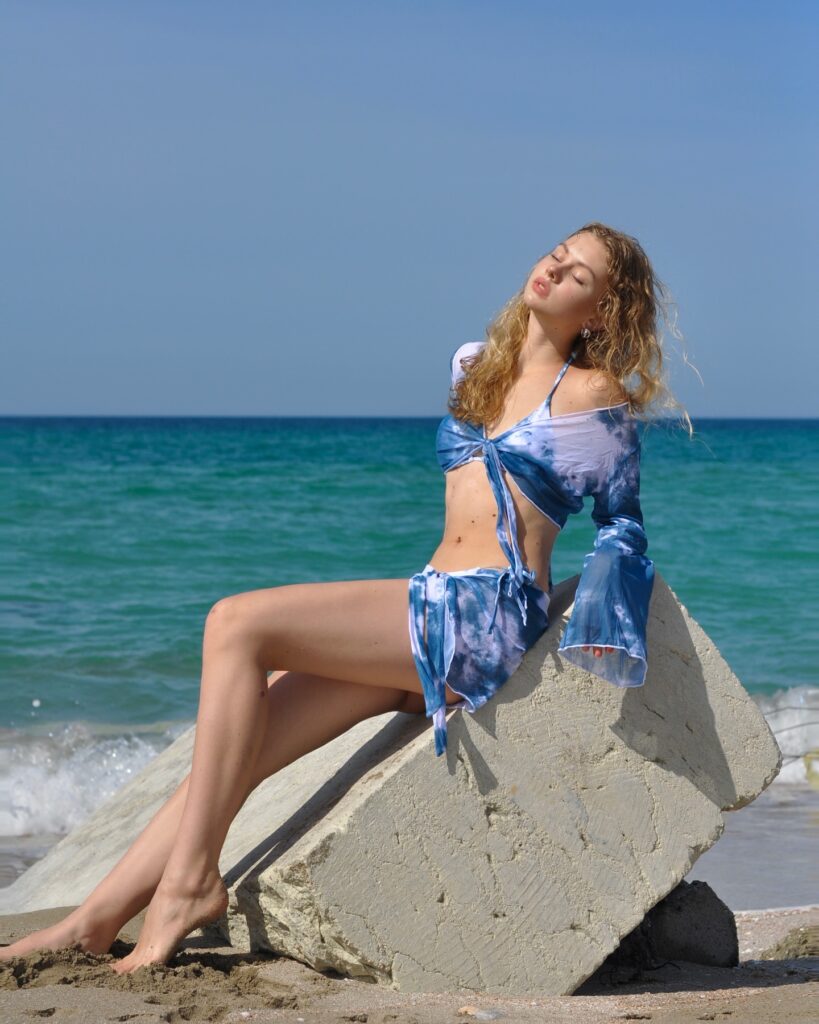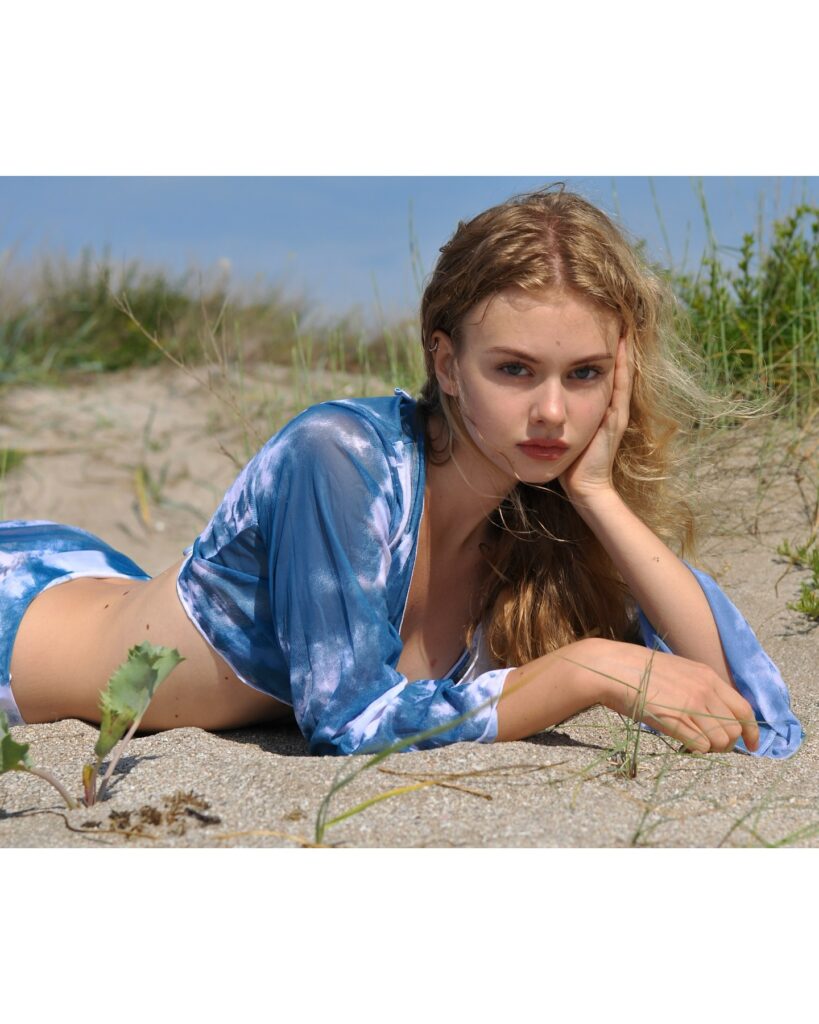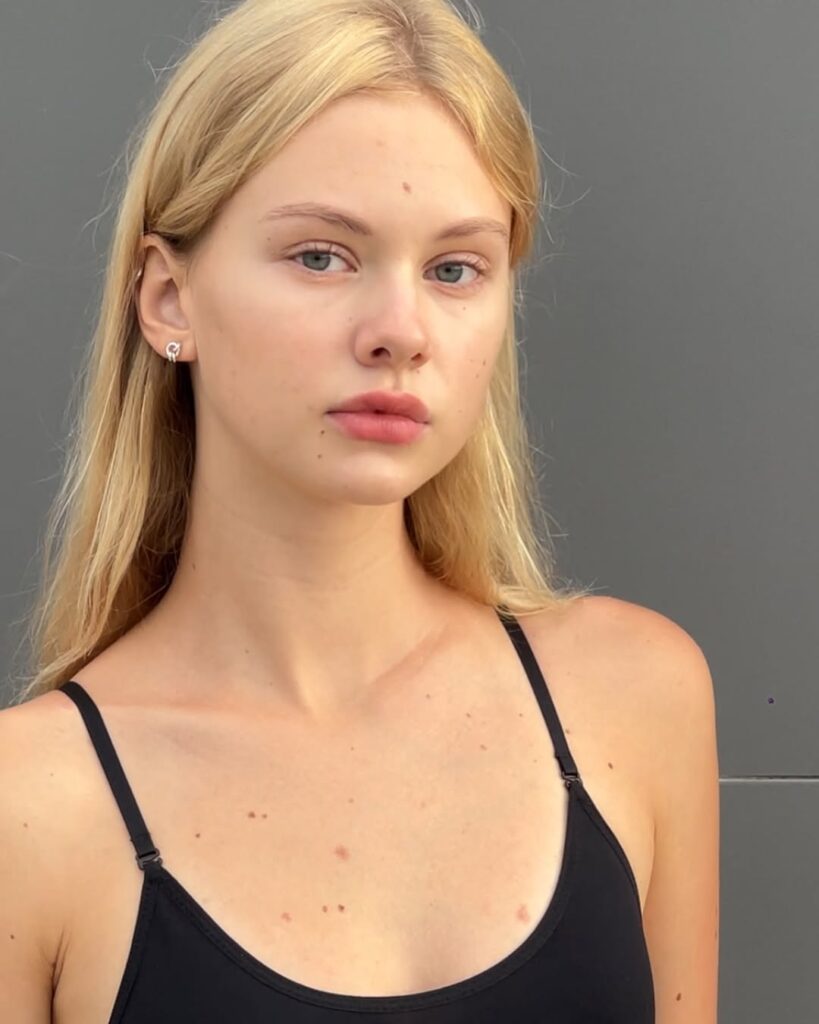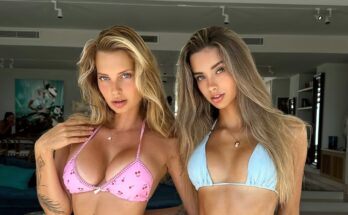
In recent years, social media has dramatically reshaped the way we perceive beauty. Platforms like Instagram, TikTok, YouTube, and Twitter have revolutionized how we engage with images, allowing individuals to present themselves in a wide range of ways, free from the strict, curated standards often found in traditional media. While traditional media outlets like magazines, television, and film have long been criticized for promoting narrow and often unrealistic beauty standards, social media has created a more diverse and inclusive space where beauty is defined by individuals themselves. This democratization of beauty has led to a shift in how we view ourselves and others, challenging long-held perceptions of what is beautiful.
The Influence of Traditional Media on Beauty Standards
Before the rise of social media, traditional media was the primary vehicle through which beauty standards were communicated. Magazines, advertisements, movies, and television shows were dominated by images of women and men who adhered to a very specific, often Eurocentric, standard of beauty. Women were typically depicted as thin, with clear skin, symmetrical features, and long, flowing hair. Men were often portrayed as muscular, tall, and rugged, with chiseled faces and broad shoulders. These depictions of beauty were not only narrowly defined but were also heavily filtered through the lens of the fashion and entertainment industries, which had their own standards of attractiveness.
This narrow portrayal of beauty has had long-lasting effects on self-esteem and body image. The idea that beauty is a specific look that can only be achieved through adhering to certain standards led many individuals to feel inadequate or less than worthy if they did not meet these ideals. As a result, millions of people, especially women, sought to conform to these expectations through dieting, cosmetic surgery, and other means, often at the expense of their physical and mental well-being.
However, the rise of social media has begun to challenge and deconstruct these traditional notions of beauty.

The Rise of Social Media and the Rejection of Traditional Beauty Standards
Social media has democratized beauty by providing a platform where anyone can share their image and define their own version of beauty. In contrast to traditional media, where beauty is often dictated by industry standards, social media allows individuals to break free from these conventions. Platforms like Instagram and TikTok have given rise to a new generation of influencers, content creators, and everyday users who embrace a broader range of beauty standards. These platforms have allowed people to represent themselves as they are, without the need for professional photoshoots, airbrushing, or heavy editing.
One of the most significant changes brought about by social media is the rise of body positivity and inclusivity. Influencers and activists in the body-positive movement have used social media as a tool to challenge unrealistic beauty standards. The body-positive movement advocates for the acceptance and celebration of all body types, from plus-sized individuals to those with unique physical features. Influencers like Ashley Graham, Tess Holliday, and Lizzo have been instrumental in bringing diverse bodies into the spotlight, challenging the idea that beauty is exclusively reserved for those who fit into a particular mold. They have shown that beauty comes in all shapes, sizes, and forms, and that individuals of every body type deserve to be celebrated.
Social media has also provided a platform for people of color to redefine beauty. Historically, mainstream media has marginalized or ignored the beauty of individuals who do not fit Eurocentric standards. The rise of Black, Latinx, Indigenous, and Asian influencers on platforms like Instagram and TikTok has given these communities the space to showcase their beauty, embrace their cultural heritage, and challenge the notion that beauty is tied to whiteness. These influencers have created a space where people of color can find representation and inspiration, and where diverse beauty can be celebrated.

Authenticity and Imperfection
One of the most empowering aspects of social media is its emphasis on authenticity. With the proliferation of filters and photo-editing apps, it’s easy to create an image that looks polished and perfect, but many social media users are rejecting this artificial perfection. Platforms like Instagram and TikTok have seen the rise of trends that celebrate unfiltered, raw images and the imperfections that make us human.
The “no filter” trend is one example of how social media is redefining beauty. Users, especially women, have started to embrace the idea of posting unretouched photos that highlight natural beauty, flaws, and imperfections. These raw images challenge the polished, airbrushed versions of beauty that are often seen in traditional advertising. The idea is that beauty is not something to be perfected or altered, but something that exists in its most authentic form.
This trend has also helped to normalize things like stretch marks, cellulite, acne, and other so-called “imperfections” that were once considered flaws. When people begin to see these things regularly on their social media feeds, they are less likely to feel ashamed of their own bodies. This shift toward accepting imperfection is an essential aspect of how social media is transforming beauty standards.
Creating Diverse Beauty Narratives
Social media platforms have allowed individuals to craft their own beauty narratives, regardless of how they conform to societal expectations. People no longer need to rely on magazine editors or Hollywood producers to define what is considered beautiful or sexy; instead, they can showcase their own individuality and creativity. Whether through personal style, makeup tutorials, or body-positive messaging, social media allows people to embrace what makes them unique and redefine the traditional notions of beauty.
The popularity of makeup tutorials and skincare routines on YouTube and Instagram has allowed people to explore beauty in a way that feels personal and creative, rather than restrictive. Makeup artists and influencers share tips on how to express oneself through makeup, challenging the idea that beauty is about hiding flaws or conforming to a set standard. Instead, beauty is about self-expression and feeling empowered to look and feel your best, whatever that means for you.
Similarly, the explosion of natural hair movements on social media has been instrumental in redefining beauty for people of color, particularly Black individuals. The movement to embrace natural hair textures, whether curly, coiled, or kinky, has gained significant momentum thanks to social media platforms. Many Black influencers and activists are encouraging others to reject the Eurocentric ideals of straight, silky hair and embrace the beauty of their natural curls. This shift has not only helped people of color feel more confident about their natural beauty but has also expanded the definition of beauty to include a wider range of hair textures and styles.

The Dark Side of Social Media and Beauty Standards
While social media has provided a platform for redefining beauty, it is not without its challenges. Social media can still perpetuate unrealistic beauty standards, especially through the use of filters, Photoshop, and other image-editing tools. These tools can create idealized versions of beauty that are not reflective of reality, leading to body dysmorphia and insecurity among those who compare themselves to these curated images.
Moreover, the pressure to constantly curate a “perfect” life or appearance for social media can lead to feelings of inadequacy. Studies have shown that heavy social media use can contribute to lower self-esteem, particularly among young people. The desire for likes, comments, and followers can sometimes cause individuals to prioritize their appearance over their mental well-being, leading to unhealthy habits or distorted self-image.
It’s important to acknowledge that social media platforms, though democratizing, still have their own algorithms that often prioritize certain aesthetics over others. For example, influencers who fit within traditional beauty standards—such as being slim, conventionally attractive, or wearing the latest fashion trends—are often given more visibility, while those who challenge these ideals may struggle to gain the same level of attention.

Conclusion
Social media has undeniably played a transformative role in redefining beauty by challenging traditional standards and promoting inclusivity, authenticity, and diversity. It has provided a platform for individuals to embrace their unique identities and celebrate beauty in all its forms, from body types to skin tones to personal style. The rise of body positivity, gender inclusivity, and the embrace of natural beauty has led to a more expansive and inclusive definition of beauty that allows individuals to feel empowered and confident in their own skin.
However, as social media continues to evolve, it is important to be aware of its potential downsides. The pressure to conform to digital ideals, coupled with the prevalence of image-editing tools, can still perpetuate harmful beauty standards. Moving forward, we must continue to challenge these unrealistic portrayals and foster a culture of self-love, authenticity, and acceptance. Ultimately, social media has the potential to be a force for good in redefining beauty, but it is up to individuals and communities to ensure that beauty is celebrated in all its diverse, imperfect, and authentic forms.



